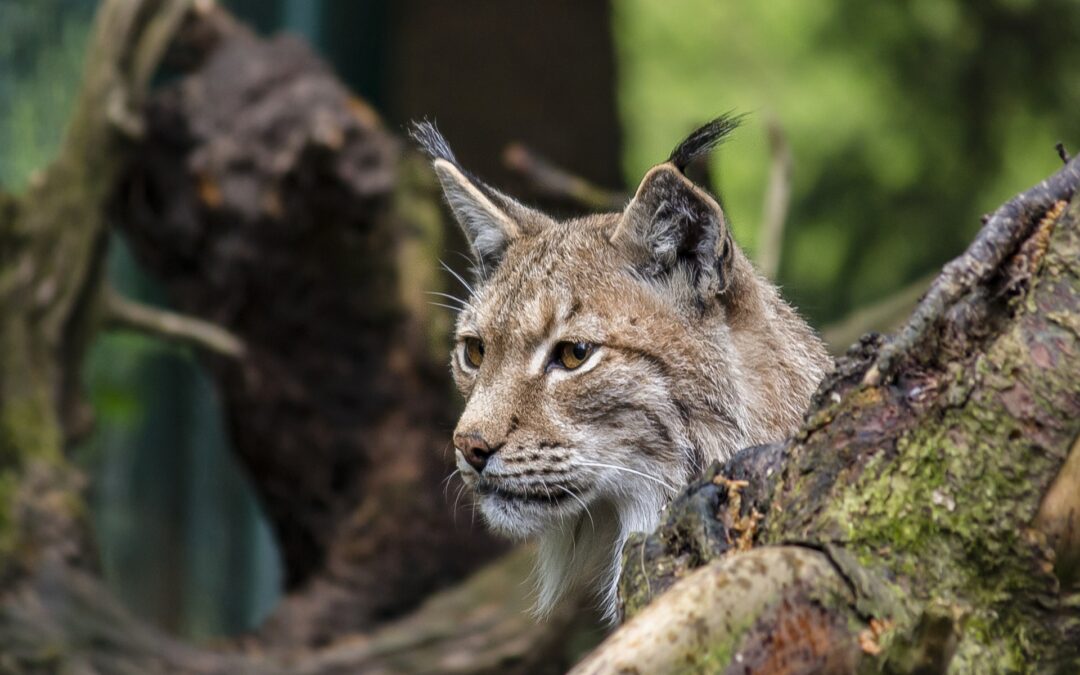Fourteen lynxes have been born as part of a reintroduction programme in the province of Western Pomerania, giving a boost to a species that is endangered in Poland.
Approximately 150 lynxes roam in the wild in Poland, according to the World Wildlife Fund (WWF). There are two separate populations: the Carpathian variety living in southern mountainous regions and the Baltic variety in the west of the country.
“Unfortunately, mortality among adults is still high,” Maciej Tracz from the West Pomeranian Society of Life Sciences told Gazeta Wyborcza. “They are practically on the verge of extinction.”
As part of a programme to bring them back, the cats are being reintroduced into the wild by his organisation together with the Mammal Research Institute of the Polish Academy of Sciences (PAN), the Cultural Centre in Mirosławiec and WWF Polska.
The project was launched in 2017 to rebuild the population in northwest Poland. Lynxes older than 10 months are selected from European zoos and tested, before gradually being reintroduced into the wild. By the end of last year, 49 lynxes had been released.
The animals are first kept in an aviary, where they are slowly taught to adjust to their new lifestyle by, for example, being fed whole deer carcasses rather than portioned meat.
Once ready, the animals are vaccinated and fitted with a telemetry collar to allow for tracking. Finally, they are moved to a release pen where, after a dozen or so days, they are set free.
Between six and eight females have had cubs this year as part of the reintroduction programme, yielding a total of 14 new lynxes in the area.
Two-year-old Chyża was released into the wild last year and was recently captured in a video camera trap in June with her first wild litter of kittens.
Lynx cubs initially live in families and learn to hunt, before going off on their own, said Magdalena Tracz of the West Pomeranian Nature Society, quoted by Gazeta Wyborcza.
But for now, it remains unclear whether they will stay, as in past years some of the animals wandered far beyond the borders of province. However, as more females are released, males tend to also stick around in the area, noted Tracz.
The current project follows on from a number of other attempts to bolster the country’s population of the species. An earlier scheme brought 30 cats to the Masurian lake district, according to WWF Polska.
Main image credit: VenomDeisgn/Pixabay (under Pixabay License)

Maria Wilczek is deputy editor of Notes from Poland. She is a regular writer for The Times, The Economist and Al Jazeera English, and has also featured in Foreign Policy, Politico Europe, The Spectator and Gazeta Wyborcza.




















